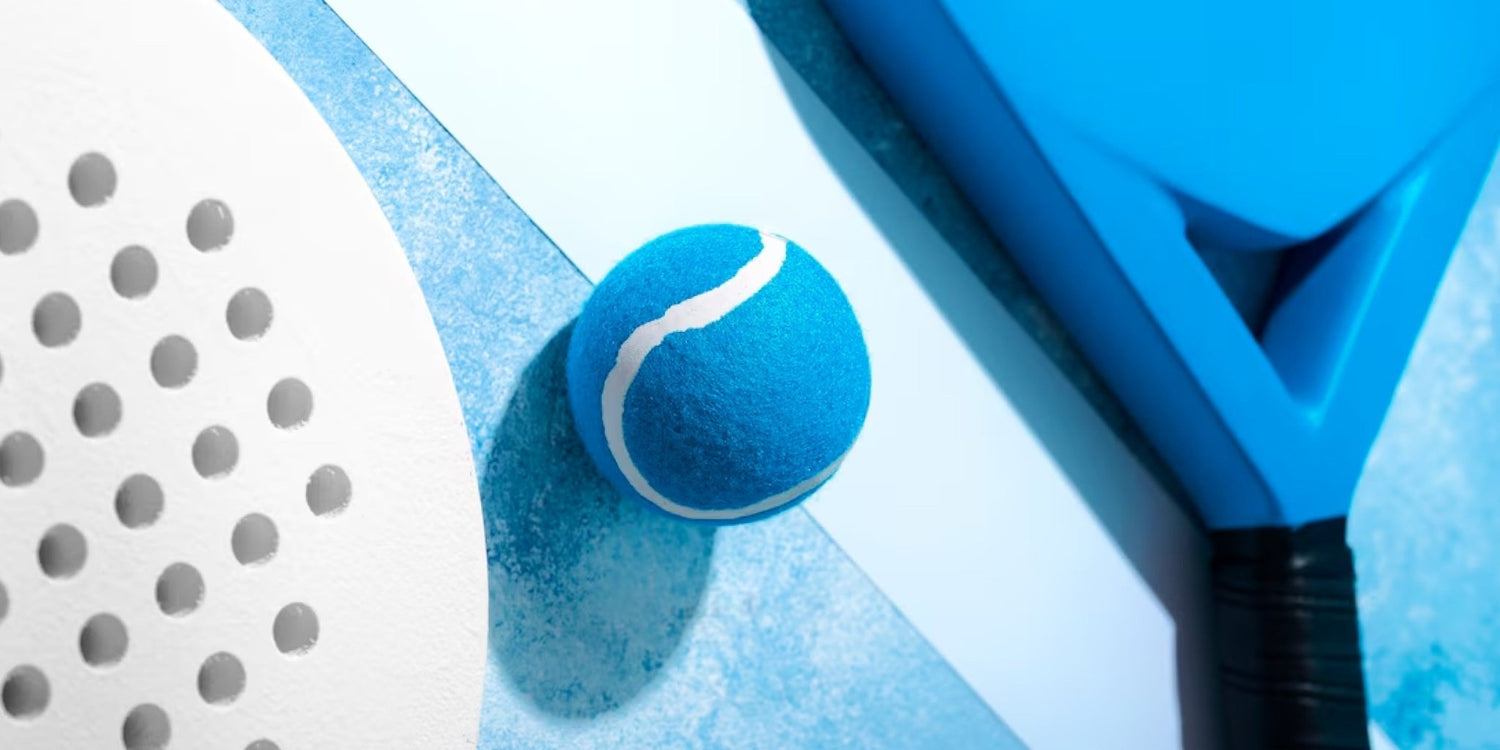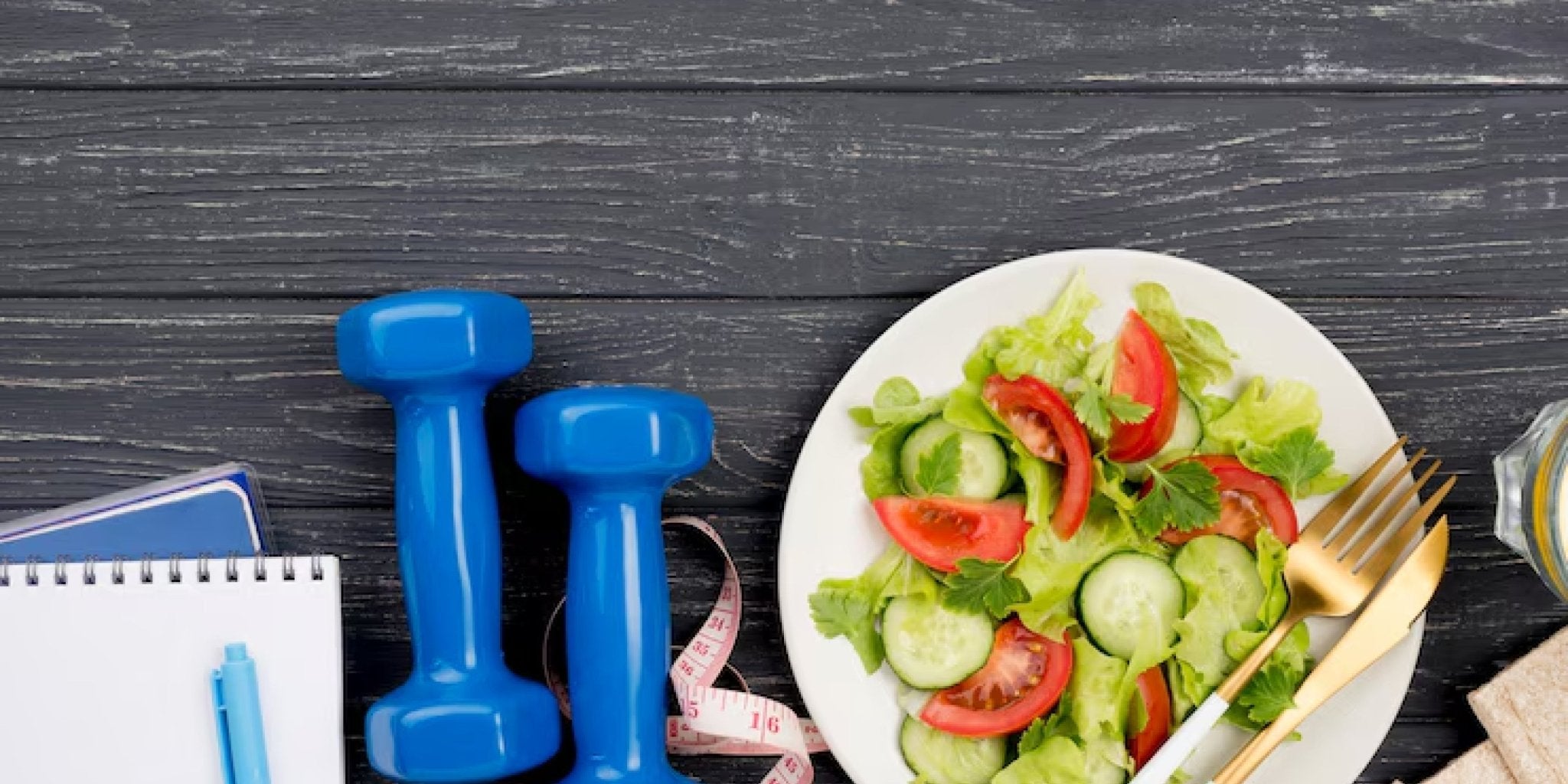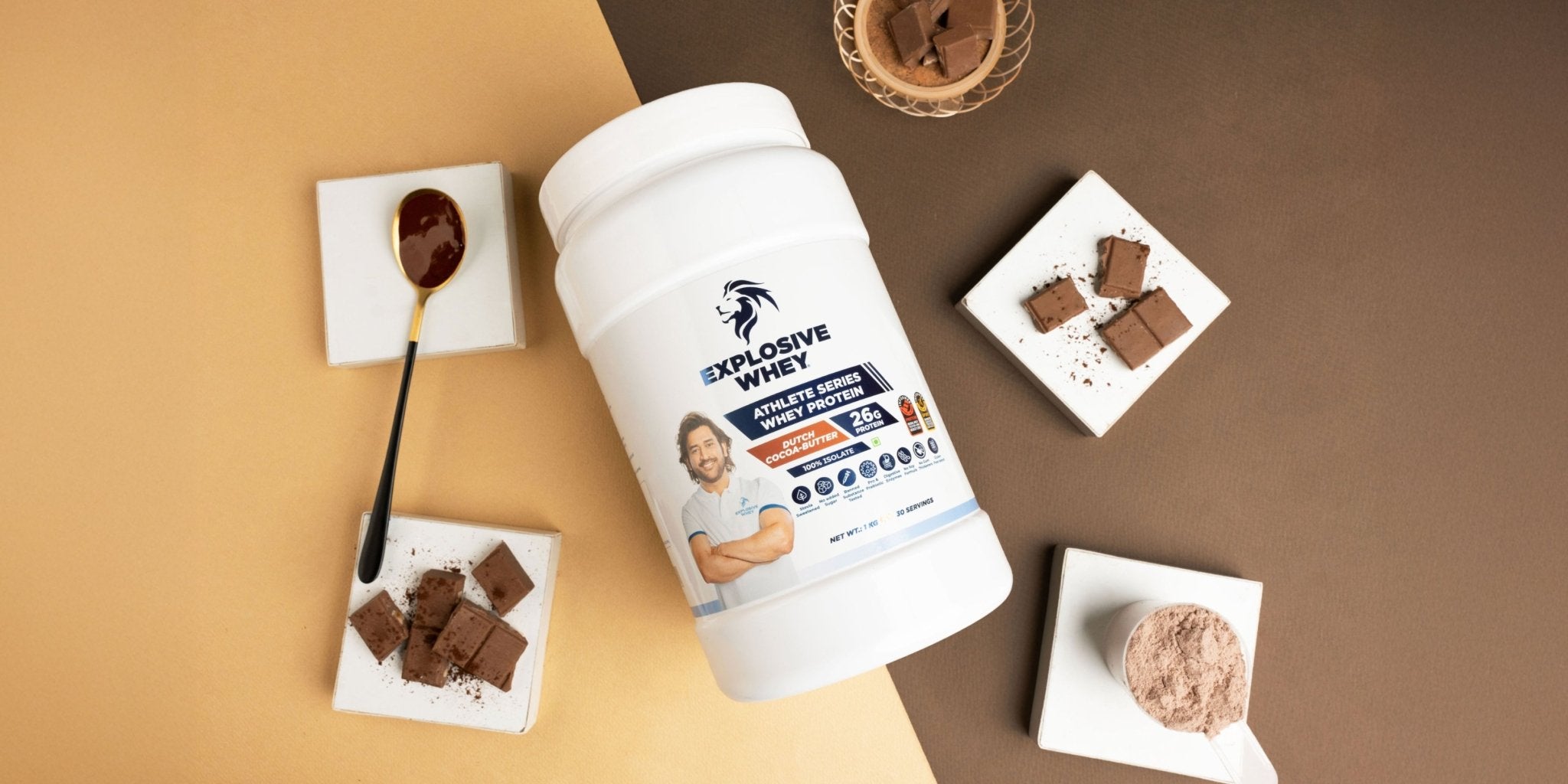Padel sport is one of the fastest-growing racket games in the world, combining elements of tennis and squash in a fun, easy-to-learn format. Played on an enclosed court with walls, Padel is perfect for players of all skill levels. It’s played in doubles (mostly), requires quick reflexes, and involves a lot of teamwork. Whether you’re curious about how it works or looking to improve your play, this guide covers all the basics.
A Complete Padel Sport Guide for Beginners
If you're new to Padel sport, you're in for a fun ride. This game is simple to understand but requires smart strategy and coordination. Its smaller court size, unique rules, and glass-walled design make it highly engaging. From scoring to court layout and required skills, here’s everything you need to get started with confidence.
What Is Padel Sport?
Padel is a racket sport played with a solid paddle and a depressurized ball, mostly in a doubles format for fun and teamwork. It’s usually played on a smaller enclosed court with glass walls, allowing exciting rebounds and fast-paced rallies.
Origin of Padel
Padel was born in Mexico in the 1960s, created by Enrique Corcuera, who modified a squash court in his home. The concept spread to Spain and Argentina, where it gained massive popularity. Today, Padel is considered a major sport in countries like Spain, Italy, and Sweden.
Global Rise of Padel
What started as a leisure activity in Latin America is now a global sport with professional tournaments. The World Padel Tour and other events have helped boost its international appeal. Its popularity is rising fast in India, the UAE, and across Europe due to its accessibility.
Difference in Tennis and Padel
While both sports use similar scoring, Padel is played in smaller courts with walls and underhand serves. You use a paddle instead of a strung racket, and you can hit the ball after it bounces off the walls. The rallies in Padel sport are usually longer and more strategic.
Pickleball vs Paddle Ball
Pickleball is often compared with Padel but is different in many ways. It’s played with a wiffle ball and has no wall involvement. Paddle ball, another variant, uses a solid rubber ball and is less commonly played. Padel stands out for its wall play and dynamic court movement.
Padel Game Rules and Scoring

Understanding how the game works helps you play confidently. Here’s a quick guide to the basic rules and Padel scoring.
Serving Rules in Padel Sport
Serves must be underhanded, and the ball must bounce in the opposite diagonal box. The server must have at least one foot behind the service line. Like tennis, each player gets two serve attempts per point.
The Two-Bounce Rule Explained
The ball must bounce once before hitting the walls, and it’s only allowed to bounce once on your side. If it bounces twice or hits the wall directly without touching the ground, it’s considered out. This rule keeps the pace of the game lively.
Padel Scoring System
The scoring is the same as tennis: 15, 30, 40, and game. A set is won by the first team to reach six games with a two-game lead. A tiebreak is used when both teams reach 6-6 in games. Matches are usually best of three sets.
Game Faults to Avoid
Touching the net, hitting the walls before the ball bounces, or missing the serve twice count as faults. Double bounces or stepping into the service box while serving are also common mistakes new players should avoid.
Padel Singles vs Doubles
Padel is mainly played in doubles format, but singles matches are also gaining popularity.
Padel Singles
Padel singles is a fun and fast-paced version of the game where you play one-on-one. Many players use singles as focused training to improve overall court performance.
Court Sizes
Padel singles is played on a smaller court (20m x 6m) compared to the standard doubles court. This makes the game quicker and more compact, ideal for individual practice. It limits wide-angle shots, requiring tight ball control.
Players
Only two players are involved in a singles match, one on each side of the court. This format tests individual fitness, focus, and strategy. It’s great for those looking to improve personal gameplay and reaction time.
Strategic Considerations
With no partner to cover the court, singles players need better positioning and stamina. You must anticipate shots earlier and move with more precision. Success in singles often depends on consistency and shot placement.
Padel Doubles
Padel doubles is the classic and most social way to enjoy the sport. It’s a great option for friends, families, or clubs where teamwork makes the game more exciting
Court Sizes
Standard doubles is played on a 20m x 10m court, surrounded by glass walls and metallic mesh fencing. The larger space encourages teamwork and dynamic play. Players must use side-to-side and front-to-back coverage.
Players
Four players are involved, two on each team, making it the most common format of Padel sport Doubles emphasize coordination and understanding between partners. It allows for strategic formations and shared workload.
Strategic Considerations
Success in doubles relies on seamless communication and court positioning. Players switch between offensive and defensive roles rapidly. Team chemistry and timing are essential to maintain pressure and control points.
Padel Court Setup and Dimensions

Understanding the court helps players navigate space, position better and use the walls effectively.
Standard Padel Court Dimensions
A standard Padel court measures 20 meters in length and 10 meters in width for doubles. For singles, the width reduces to 6 meters. The net divides the court at the center, standing 88 cm high at the center.
Padel Court Glass Panels
The court features glass back walls that the ball can bounce off, keeping rallies going. Side panels are partly glass and partly metal mesh, both of which can be used strategically during play.
Padel Court Surface Types
Courts can be made of artificial grass, turf, or porous concrete. Artificial grass is preferred for better grip and ball bounce. The surface impacts movement, bounce, and injury risk.
Indoor vs Outdoor Padel Courts
Indoor courts offer consistent conditions and are free from weather disruptions. Outdoor courts provide natural light and ventilation but may face wind or rain issues. The game rules remain the same in both.
Key Skills and Techniques for Padel Players
To level up your game, focus on core skills and smart play strategies that improve match performance.
Mastering Volleys and Smashes
Quick net play is a game-changer in Padel. Learn to execute sharp volleys and well-timed smashes to win points. These strokes help in maintaining offensive control near the net.
Footwork and Court Positioning
Good footwork ensures you stay balanced and ready for any shot. Positioning smartly, especially during doubles, can reduce effort and improve your shot timing by keeping you in control of the court space.
Utilizing the Walls
The walls are your secret weapon in Padel. Practice angled returns and using wall bounces to reset rallies or change direction. Wall play adds a new layer of strategy to your game.
Communication with Your Partner
Padel is a team game, especially in doubles. Clear calls, signals, and court awareness help avoid errors and make team play more fluid and effective.
Equipment Essentials for Padel Players

Having the right gear makes playing more comfortable and effective. Let’s break down the basics of what every padel player needs to enjoy the game safely and confidently.
Padel Racket Types and Materials
Padel rackets are solid with no strings and come in round, diamond, or teardrop shapes for different play styles. Materials range from carbon fiber to fiberglass, each offering different control and power levels to match your skills and needs.
Padel Balls and Their Specifications
Padel balls look similar to tennis balls but are slightly less pressurized and softer to the touch. This makes them bounce lower and slower, suiting the game’s tactical pace and allowing longer, more controlled rallies.
Footwear for Stability and Grip
Shoes designed for Padel sport or clay-court tennis offer the grip needed for quick movements and sudden stops during gameplay. Stability is important to prevent ankle twists and provide support on fast lateral motions.
Optional Accessories for Players
Wristbands, gloves, sweat-absorbing grips, and protective eyewear are common add-ons used by players of all levels. A good bag and water bottle also help during practice or tournaments to stay organized and hydrated.
Fitness and Nutrition for Padel Sport

To play at your best, pair technical training with physical fitness and proper nutrition for energy, endurance, and injury-free performance every match.
Fitness Exercises for Agility and Strength
Agility ladders, resistance band drills, and plyometric training can boost your movement and reflexes. Strength exercises for legs, core, and shoulders support powerful shots. Regular training also helps prevent injuries and improves overall balance on the court.
Pre-Game Nutrition to Boost Energy
Eat a balanced meal of carbs and protein 1–2 hours before playing. A banana with peanut butter or oats with milk gives steady energy. Avoid heavy or oily foods. This helps you stay light, focused, and ready to perform at your best.
Post-Game Recovery and Hydration
Replenish with a post-workout snack like a whey protein shake or fruit smoothie. Hydrate with water or electrolyte drinks to replace lost fluids and minerals. Proper recovery fuels your next session and reduces muscle soreness.
Top Supplements for Padel Players
Supplements like BCAA, creatine, or glutamine help recovery and reduce fatigue. Protein powders can support lean muscle growth and daily nutrition.
Athlete Series Whey Protein
Athlete Series Whey Protein helps padel players recover faster and build lean muscle after intense matches or training sessions. It’s easy to mix into shakes for a quick post-match boost anywhere, anytime, making it convenient for daily use. Choose a clean, high-quality option to support your daily nutrition, training goals, and overall performance on the court.
Creatine
Creatine supports short bursts of power and strength during intense rallies, helping padel players deliver explosive shots with ease. It can improve overall performance and reduce fatigue from heavy training sessions or long matches. A daily dose can help padel players train harder and longer without feeling drained or worn out by the end.
BCAA (Branched-Chain Amino Acids)
BCAAs help protect muscles from breakdown during long matches and tough practice days, especially when training is frequent. They also reduce soreness and speed up recovery between games or intense workouts. Drinking BCAAs during or after play can keep your energy steady and performance strong throughout the day.
L-Glutamine
L-Glutamine supports muscle repair and boosts your immune system naturally and safely, making it a reliable supplement for regular athletes. It’s especially helpful during back-to-back games or tournaments when rest time is short and energy demand is high. This amino acid also helps reduce fatigue and improve gut health for better recovery and overall wellness.
Padel is more than a fun game, it’s a growing global sport with its own rules, techniques, and community. Whether you're playing singles or doubles, indoors or out, understanding Padel sport helps you play better and enjoy it more. Learn the rules, practice key skills, choose the right gear, and fuel your body with good nutrition to stay ahead on the court.
FAQ
Q1) How do you play the game padel?
Padel is played in pairs using a paddle and a low-bounce ball on a glass-walled court. Players rally to win points with wall usage and quick volleys.
Q2) How big is a padel court?
A standard Padel court size for doubles is 20m x 10m, while singles courts are 20m x 6m. The court is enclosed with glass and mesh walls.
Q3) How do you score in padel?
Padel scoring follows the tennis format: 15, 30, 40, and game. Sets go to six games, and matches are usually best of three sets.
Q4) Can you play padel singles?
Yes, Padel singles is played on a narrower 20m x 6m court with the same rules as doubles. It requires more stamina and personal skill.










Leave a comment
This site is protected by hCaptcha and the hCaptcha Privacy Policy and Terms of Service apply.